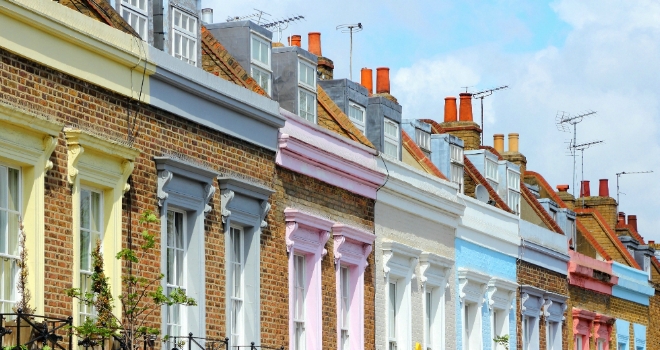
The Prime Global Cities Index tracks the price performance of 32 luxury residential markets, which includes the addition this quarter of two new cities – Delhi and Bengaluru.
Closer analysis shows the first quarter of the year has been the index’s weakest performing quarter in the last two years.
The first quarter, for many European and US cities, corresponds to the winter months where sales activity is sluggish and price movements slower. In much of Asia it also marks a traditional low season as Chinese New Year sees sales activity decline.
In addition, tax changes (CGT, VAT etc) often take effect at the end of December leading to a spike in sales in the fourth quarter as buyers and vendors look to take advantage of lower rates e.g. fiscal cliff in New York in 2012.
Despite the slower quarterly rate of growth, the Prime Global Cities Index rose by 6.1% on an annual basis, up from 4.8% a year ago suggesting the overall trend for luxury prices continues to follow an upward trajectory.
The index is 33.8% higher than its post- Lehman low in Q2 2009, and it is 24.9% higher than its pre-crisis peak in Q2 2008. Jakarta tops the rankings but Dublin saw the second highest rate of quarterly growth, with prime prices ending the first quarter 5.6% higher.
Last year marked a turning point for Dublin’s upmarket residential areas such as Dalkey and Ballsbridge. Since then luxury prices have risen around 24% but prices remain 35-45% below their pre-crisis peak.
Sales volumes dipped in Mainland China in the first quarter, partly due to the traditional low season but also due to tighter credit conditions. Luxury buyers in Singapore are adopting a wait-and-see approach, allowing cooling measures to take effect and prices to correct before purchasing.
Cape Town is one market to watch in 2014. The weaker Rand is attracting buyers from Europe and elsewhere in Africa, including wealthy Nigerians. Activity is strong on the Atlantic Seaboard and limited stock below ZAR 5m is expected to lead to stronger price growth.
Kate Everett-Allen, International Residential Research highlights that the first quarter, for many European and US cities, corresponds to the winter months where sales activity is sluggish and price movements slower. In much of Asia it also marks a traditional low season as Chinese New Year sees sales activity decline.
"In addition, tax changes (CGT, VAT etc) often take effect at the end of December leading to a spike in sales in the fourth quarter as buyers and vendors look to take advantage of lower rates e.g. fiscal cliff in New York in 2012. Despite the slower quarterly rate of growth, the Prime Global Cities Index rose by 6.1% on an annual basis, up from 4.8% a year ago suggesting the overall trend for luxury prices continues to follow an upward trajectory.”





